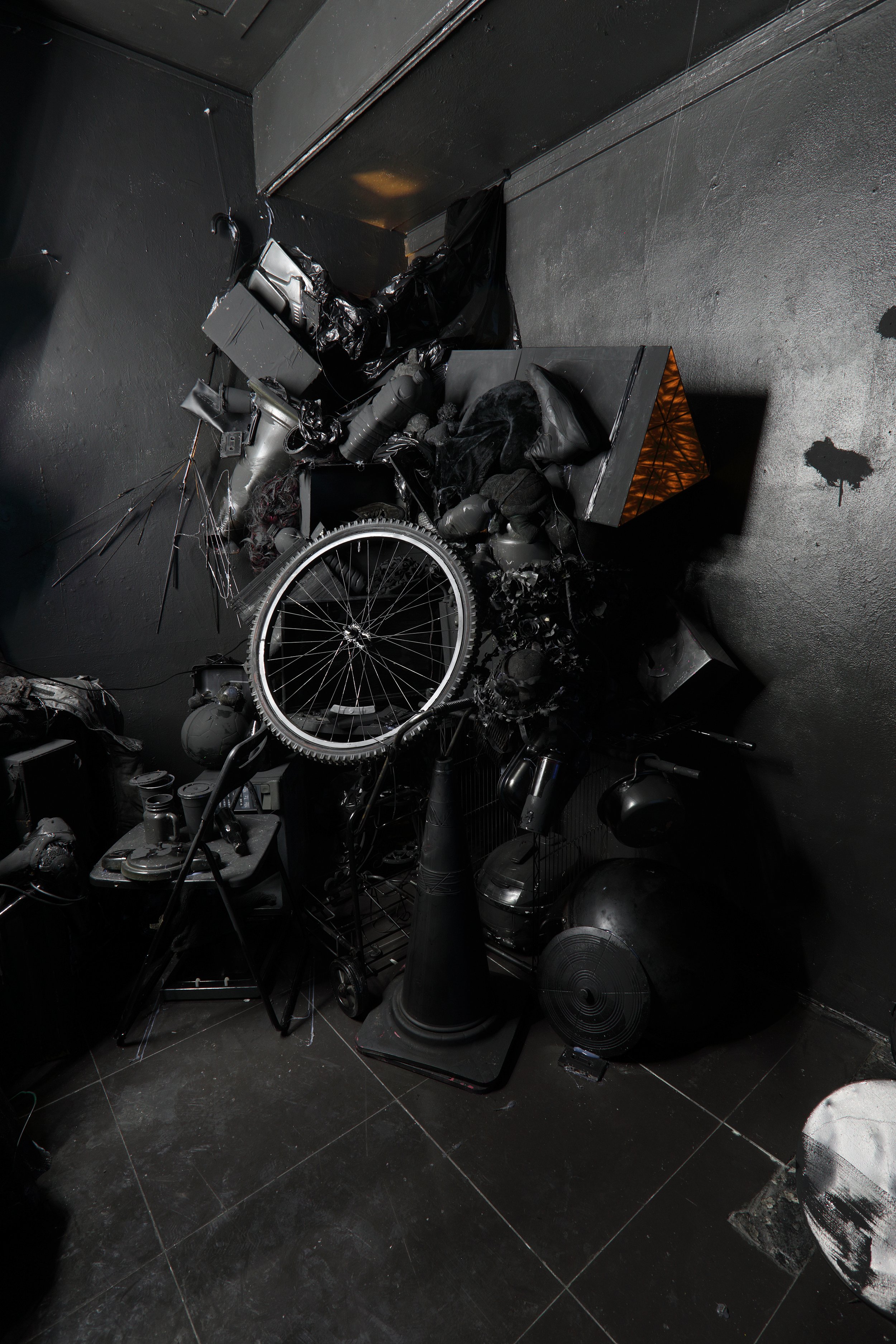The Myths of the Tower of Babel presents a story of men who intended to reach Heaven by building a tower. The God, enraged by their arrogant acts, confounded their speech so that they could no longer understand each other, and scattered them around the world. Men’s plan of building the tower was shattered, and themselves were disunited in distrust and misunderstanding.
Men who were originally one single breed had been divided in not only language but also land and culture. Communication became scarce and they did not think the same way anymore. “Disunity” is a negative term for humankind, that seemed to have nothing they cannot do if they worked together. Factions in religion, art, and literature are always experiencing conflict. But would reuniting be a solution?
There was a time when Catholic ruled every single field in Europe. During this period, the popes were influenced strongly by a powerful and corrupt aristocratic family. In these times every sort of arts and studies were influenced by religion. People called this period, where no diversity was allowed, “The Dark Age.” And then Renaissance came along. People no longer were coerced to think the same way. They no longer had to wander in the dark. Crowd psychology is a term for assimilating one’s behavior and belief to a dominant social norm. On the dark side of an integrated society, there lies the individual whose distinct color doesn’t exist, all mixed up in the crowd’s. We looked at a disunited society not as a result of discord and miscommunication but instead as a chance to find one’s own color.
Black is made by mixing up all existing colors. Objects painted in black filling our room represents individuals assimilated in a single mob. And if we look for the source of lights leaking out between objects, mirrors reflecting colorful images can be seen. These mirrors make the small gap become an endlessly wide space. IN this space, reflected images look as if they are infinitely dividing. Colors hidden in black, light leaking out of darkness is our own reinterpretation of “disunity.” Disunity brings diverseness. We intended to show the diversity obtained by affirming the division with our installation work. Thus, in a mirror at the end, we would be able to find our own self.
Holes In Black
2018_Mixed Media








